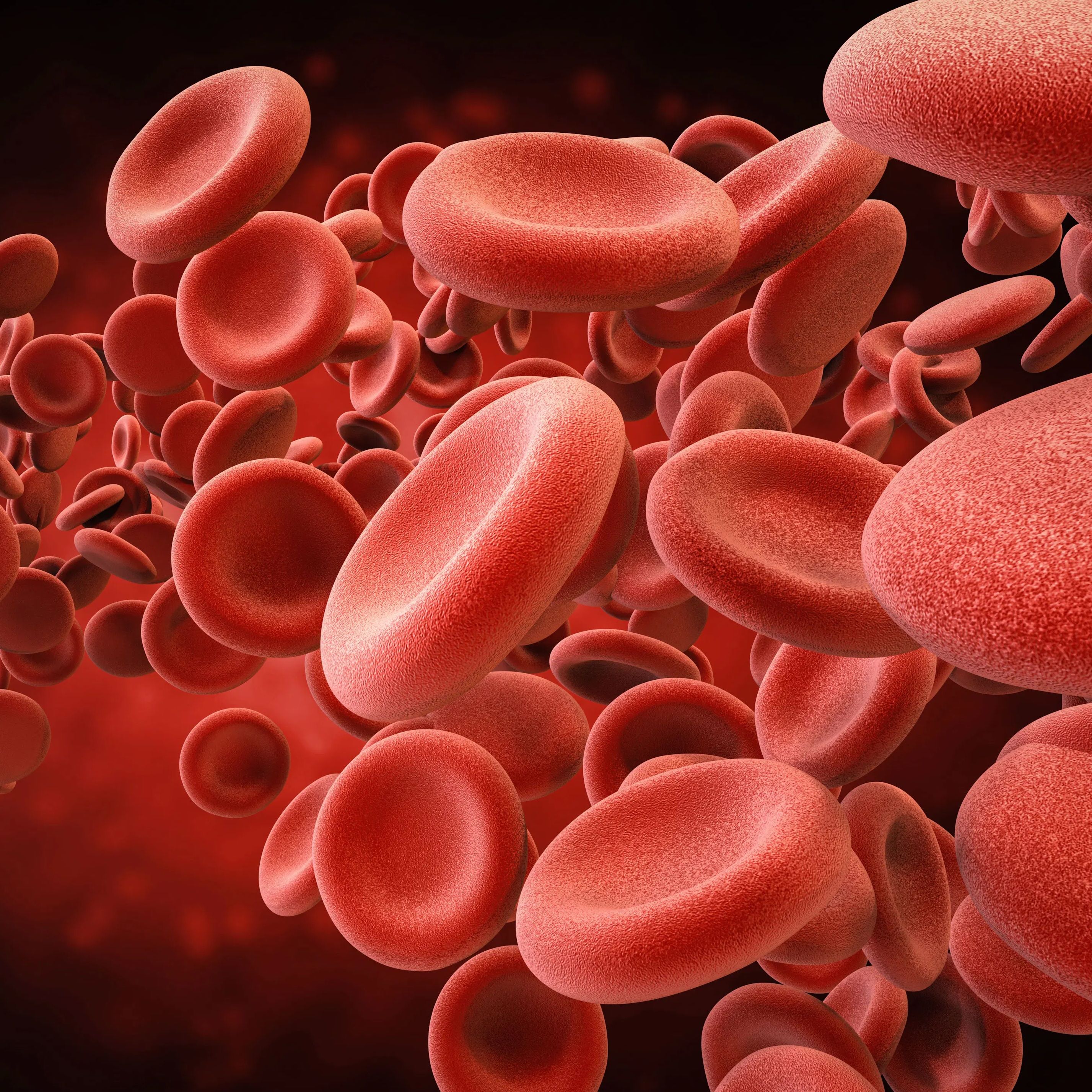Switch to Efmoroctocog Alfa May Lower Bleeding Events in Hemophilia A
Patients in France with hemophilia A who switched their FVIII replacement treatment trended towards fewer bleeding events and articular non-bleeding events requiring hospitalization.
Credit: Fotolia

Real-world data from France provides new insight into the patterns and events of interest in patients with hemophilia A receiving prophylactic treatment and the clinical impact of extended half-life clotting factor VIII (FVIII) replacement therapy.1
This population of patients with hemophilia A without inhibitors on prophylactic regimens was identified in the French Système National des Données de Santé (SNDS) database between 2016 and 2019. Among a subcohort of these patients, a switch to an extended half-life FVIII product decreased the rates of yearly bleeding events.
“A strength of our study is that the use of the SNDS database provided a large sample size, approximately 99% of the French population, with continuous long-term patient data,” wrote the investigative team, led by Marc Trossaërt, Hemophilia Treatment Centre, University Hospital of Nantes.
A rare disease, hemophilia A has an estimated prevalence of nearly 25 per 100,000 males at birth.2 Deficiency of clotting FVII can lead to bleeding episodes in those with hemophilia A and can occur spontaneously or when caused by trauma. Current guidelines recommend prophylactic treatment with FVIII replacement therapy for those with severe hemophilia A.3
Multiple FVIII replacement products with standard half-lives and a single product with an extended half-life (efmoroctocog alfa; Elocta®) are available for treating hemophilia A in France.1 However, there is little real-world data on the clinical patterns and occurrence of events of interest in this French population receiving prophylactic treatment or the impact of FVIII replacement therapy.
This retrospective, observational, longitudinal, descriptive study was based on data from the SNDS database—the period of 2010-2019 captured all patients with hemophilia A and 2016-2019 captured medication use after the launch of efmoroctocog alfa. Patients were determined to be on a prophylactic regimen if they received ≥8 delivery claims of FVIII replacement therapy during the 12 months after initiation.
Among the 66 million individuals in the database, 4,642 patients were identified with hemophilia A between 2010 and 2019. In 2016-2019, 545 patients were without inhibitors, treated for hemophilia A, and on a prophylactic regimen. Patients had a mean age index of 25.4 years and most (99.6%) were male.
Of the prescribed FVIII replacement therapies, efmoroctocog alfa was the most common treatment (47.3%). The mean duration of treatment for efmoroctocog alfa was 23.9 months and the mean monthly consumption was 344 IU/kg/month. In comparison, mean monthly factor consumption of standard half-life products was 331 IU/kg/month.
During follow-up, 15.4% of the population were hospitalized with a bleeding event, for an annual number of 0.14 events per patient. Among this cohort, articular non-bleeding events occurred in 13.9% of patients and 9.9% underwent surgery or procedures related to hemophilic arthropathy.
Among the overall study population, 146 matched the inclusion criteria for a within-patient cohort comparison analysis. The mean monthly factor consumption was 338 IU/kg/month before initiating efmoroctocog alfa and 345 IU/kg/month after switching to efmoroctocog alfa. However, the difference was not statistically significant (P = .400).
After the switch to efmoroctocog alfa, the number of bleeding events decreased from 0.32 to 0.09 per patient per year, but once more, the difference was not statistically significant (P = .0227). There were additionally no statistically significant differences in the rates of articular non-bleeding events (P = .078) or in the number of procedures related to hemophilic arthropathy events (P = .413), before and after initiation of efmoroctocog alfa.
Given the lack of statistical significance, Trossaërt and colleagues noted patients with the most severe bleeding phenotypes may have been switched to efmoroctocog alfa for improved protection. They noted other real-world studies have reported a significant reduction in annual bleeding or bleeding episodes with efmoroctocog alfa treatment.
“The difference seen in the results of our study may be due to the SNDS database only capturing bleeding events requiring hospital admission, indeed, most bleeding events, particularly hemarthrosis, do not require hospitalization and patients can treat them effectively at home,” they wrote.
References
- Trossaërt M, Falk A, Gautier L, Kragh N, Van Hinloopen O, Varin R. An observational study of haemophilia A patients without inhibitors using the French national claims (SNDS) database. Hematology. 2024;29(1):2320610. doi:10.1080/16078454.2024.2320610
- Iorio A, Stonebraker JS, Chambost H, et al. Establishing the Prevalence and Prevalence at Birth of Hemophilia in Males: A Meta-analytic Approach Using National Registries. Ann Intern Med. 2019;171(8):540-546. doi:10.7326/M19-1208
- Srivastava A, Santagostino E, Dougall A, et al. WFH Guidelines for the Management of Hemophilia, 3rd edition [published correction appears in Haemophilia. 2021 Jul;27(4):699]. Haemophilia. 2020;26 Suppl 6:1-158. doi:10.1111/hae.14046
